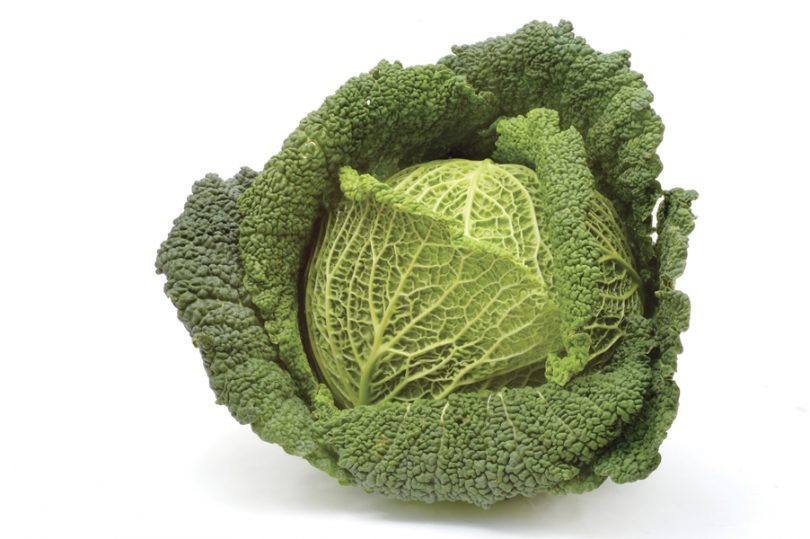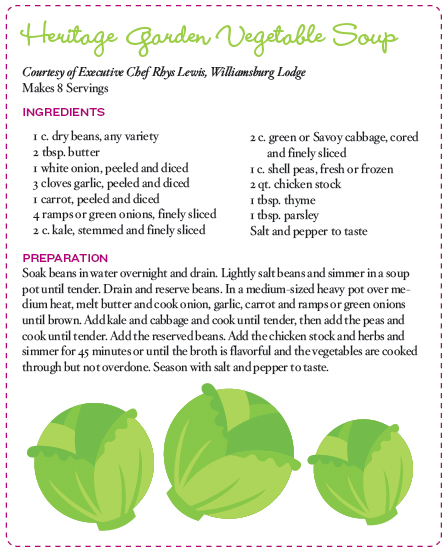Written By Brandy Centolanza
—
Find it in Season
Greens like cabbage are grown in the fall through early spring.
How to Choose
There are three main types of cabbage: red, green and Savoy. When choosing cabbage heads, pick ones that are firm and dense with shiny, crisp leaves without any cracks or bruises. Cabbage should be stored in a plastic bag in the refrigerator, up to a week for Savoy and two weeks for red and green cabbage.
Nutritional Notes
“Cabbage is a great source of vitamin C, folate, and vitamin K,” says Gale Pearson, a registered dietician with Tidewater Physicians Multispecialty Group. Cabbage is also high in fiber, potassium and calcium. Eating cruciferous vegetables like cabbage two or three times a week may also aid in cancer prevention.
How to Prepare
Cabbage can be enjoyed raw or prepared either by cooking, boiling, steaming or sautéing. “It cooks quick, and it is great raw or cooked,” shares Pearson. “I use it as a side dish by itself or in salads and stir-fries. It adds volume without a lot of calories. It is also great in soups.”
Did You Know?
Cabbage has been used worldwide both as a food and medicine throughout history. Ancient Greek and Roman civilizations used it to treat many health conditions, and, later, Dutch sailors consumed sauerkraut, which is made from fermented cabbage, during exploration journeys to prevent scurvy.



